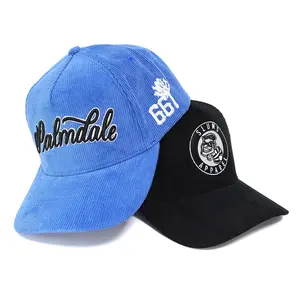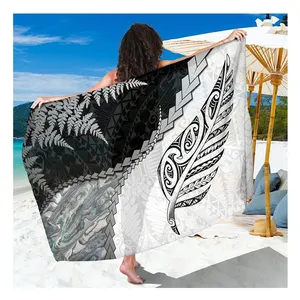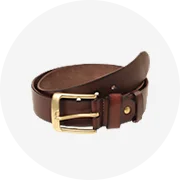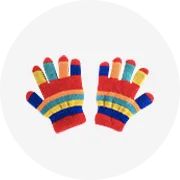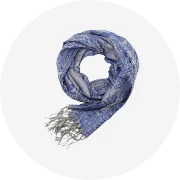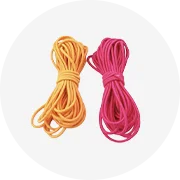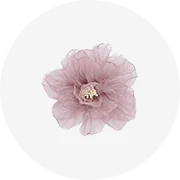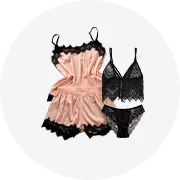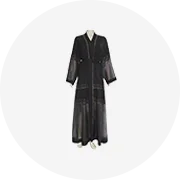Popular in your industry






High Quality Red Black Green Scarf Italian Cashmere Scarf Shawls Pashmina Scarves Shawls For Women Winter4.9/5.0·9 reviews·"Excellent service"
Ready to Ship
$2.19 - $2.47
Min. Order: 10 pieces
Shipping per piece: $2.57












Best Quality Washed Cashmere Wool Fiber With Factory Price
$110.00
Min. Order: 1000 kilograms
0.0/5.0·0 reviews





















Authentic Moroccan Hand Woven Silk Thread Shawl Plaid Scarf, Blankets Plaids 100% Natural Hand Waved Scarves Hot Sales Shawls
$29.40 - $31.50
Min. Order: 25 pieces
0.0/5.0·0 reviews

Manxiang Handmade Wool Fashion Designer Shawl Poncho Winter Fall Scarf
$15.99 - $26.99
Min. Order: 20 pieces
5.0/5.0·1 reviews





2022 TAOXI Designer Colorful Wrap Reversible Wool Cashmere Scarf Shawl Plain women Luxury Winter Scarf Cashmere Pashmina Shawl4.1/5.0·30 reviews·"received on time"
Ready to Ship
$4.50 - $5.20
Min. Order: 1 piece
Shipping per piece: $10.85






Cashmere Shawl Shawls Wrap Scarf Indian Pakistan Hand Embroidered Pure Winter Wool Kashmir Women for Women Stylish Wholesale4.9/5.0·20 reviews·"Quick delivery"
Ready to Ship
$4.50 - $5.20
Min. Order: 10 pieces
Shipping per piece: $4.80
Top categories
About hand wool shawls
Flaunt unmatched and dominating fashion with the aid of hand wool shawls at Alibaba.com that are elegantly designed and made from the finest fabrics. This incredible range of high-quality hand wool shawls is ideal for those who want to flaunt style and luxury but at the same time, enjoy relentless comfort. These hand wool shawls are designed to keep comfort, durability, and ease of wearing on the paramount level and perfect for people of all ages. Buy these ravishing items from leading suppliers and wholesalers on the site for amazing discounts and competitive pricing.
The magnificent hand wool shawls offered on the site are made of high-quality materials such as polyester, nylon, cotton, wool, and acrylic that ensure long-lasting quality and sustainability against wear and tear from daily usages. These items are intricately designed and are available in different patterns, designs, and more. The hand wool shawls you can find here are ideal for wearing both indoors and outdoors and can fit into any type of parties, events, occasions, and so on. These hand wool shawls are eco-friendly and extremely soft to wear.
Alibaba.com features an intriguing collection of hand wool shawls in multiple colors, shapes, designs, fabric quality, and styles depending on your choices and style preferences. These hand wool shawls are suitable for all weathers such as spring, autumn, winter, summer, etc and protect your head from dust, cold, and other external interferences. You can also customize these hand wool shawls according to your choices for personalized style statements.
Check out the varied hand wool shawls at Alibaba.com and buy these products while saving a lot of money and meet your requirements. These items are available as OEM orders along with customized packaging when ordered in bulk. The products are certified, breathable, and dust-proof.
The magnificent hand wool shawls offered on the site are made of high-quality materials such as polyester, nylon, cotton, wool, and acrylic that ensure long-lasting quality and sustainability against wear and tear from daily usages. These items are intricately designed and are available in different patterns, designs, and more. The hand wool shawls you can find here are ideal for wearing both indoors and outdoors and can fit into any type of parties, events, occasions, and so on. These hand wool shawls are eco-friendly and extremely soft to wear.
Alibaba.com features an intriguing collection of hand wool shawls in multiple colors, shapes, designs, fabric quality, and styles depending on your choices and style preferences. These hand wool shawls are suitable for all weathers such as spring, autumn, winter, summer, etc and protect your head from dust, cold, and other external interferences. You can also customize these hand wool shawls according to your choices for personalized style statements.
Check out the varied hand wool shawls at Alibaba.com and buy these products while saving a lot of money and meet your requirements. These items are available as OEM orders along with customized packaging when ordered in bulk. The products are certified, breathable, and dust-proof.


